There are a variety of Maltipoo colors that will surely make anyone’s head spin – white, red, apricot, black, tri-colors and bi-colors, and so on. If you’re planning to adopt this adorable tiny Dood, you’re likely faced with the difficult question – which Maltipoo color should you choose? Is one better than the other? Or can a Maltipoo’s color somehow even affect their health and behavior? In this guide, we discover all the possible Maltipoo colors and coat patterns and answer any questions you might have. Let’s dive in!
Maltipoo Colors & Coat Patterns: Introduction
The Maltese-Poodle mix is a fun-sized little Doodle that has wiggled its way into thousands, if not millions of hearts. They’re loving, playful, and intelligent little pups that make wonderful companions for almost anyone. Not to mention, their Poodle heritage makes them look like tiny little teddy bears.
Like most other Doodles, these pups can come in a variety of Maltipoo colors and coat patterns. Many of them are extremely sought-after so getting your hands on a specific color might not be as easy. But let’s not get ahead of ourselves…
If you’ve decided to adopt a Maltipoo, you’d likely want to know what Maltipoo colors are out there and base your decision off of that. Hopefully by the end of this guide you’ll have a better idea about all the possible options.
Maltipoo Colors: Their Heritage
As with any hybrid breed, Maltipoos can inherit their coat colors from either side of their lineage. Naturally, it all comes down to a Maltipoo’s genetics and what coat colors and genes are present in their parents. So, before we discover all the possible Maltipoo colors, let’s quickly learn more about the Maltese and Poodle coats.
Common Maltese Colors
If you’ve ever seen a Maltese, you know that most of the time they flaunt their signature long white hair. By AKC standards, the acceptable show colors are white, white and lemon, and white and tan. Some pups can also have black points on their fur.
In fact, if you ever come across a Maltese in some other colors, it’s very likely that the pup is actually a hybrid that has another Toy-sized breed as a parent. For instance, a Poodle or a Bichon Frise.
Common Poodle Colors
Poodles, on the other hand, come in an array of solid colors and color combinations. By AKC standards, most common solid colors in Poodles are black, brown, blue, gray, silver, cafe au lait, cream, apricot, or white.
The most common color combinations include black and brown, black and gray, black and silver, black and tan, black and cream, black and apricot, black and white, brown and apricot, brown and white, gray and white, cream and white, red and white, red and apricot, white and apricot, and white and silver.
In addition to that, some Poodles can also have colored markings with black points, a black mask, or a white mask.
Maltipoo Colors
As you can tell, Maltipoos can inherit a variety of different coat colors and patterns from both sides of their lineage. Here’s a complete guide of all the possible Maltipoo colors.
Black Maltipoo Color
A black Maltipoo is a rare sight, but oh-so gorgeous! A black Maltipoo will either have a solid black coat, which is extremely rare, or a black base color with lighter markings on its coat.
As black is a recessive gene, it’s very difficult to achieve a black Maltipoo. But it is possible. For instance, there’s a higher chance of achieving a black Maltipoo in F1b and later generations, where a dark-haired or black Maltipoo is then bred back to a black Toy Poodle.
Also, dark colors like black are most prone to fading. For this reason, many black Maltipoos do fade into grayish and more silver tones as they age.
And as the demand for black Maltipoos is high, you can expect to pay more for these dark-haired Doods.
White Maltipoo Color
A nod to the Maltese parent, a white Maltipoo has the signature white coat, sometimes with tan or cream markings. A white Maltipoo is easy to achieve, as the Maltese most commonly comes in this color.
On the other hand, white coats are also extremely prone to discoloration from external factors. So, it’s not uncommon for some white Maltipoos to become a bit yellowish. However, a good shampoo and a proper hygiene routine will help with that.
Cream Maltipoo Color
Cream is another common Maltipoo color that’s relatively easy to achieve thanks to the Maltese’s light coloring. A cream Maltipoo looks very similar to a white Maltipoo, but not quite. They have more of an off-white coat, which is clearly distinguishable when comparing the two side by side.
You might find it interesting that cream Maltipoos can actually fade lighter into white as they age. And again, cream Maltipoos are also prone to discoloration, so keeping their eyes clean from gunk and shampooing their coat is an absolute must.
Apricot Maltipoo a.k.a Golden Maltipoo Color
An apricot Maltipoo looks without a doubt like a real-life teddy bear. The apricot color, also referred to as golden, can be achieved through various methods – a breeder can either cross a white Maltese with a red Poodle or an apricot Poodle. Apricot Maltipoos can often fade into cream tones or lighter apricot tones as they age.
Red Maltipoo Color
A red Maltipoo is in the same tonal range as the apricot Maltipoo. However, the red Maltipoo has a darker and richer tone to their coat. Typically, to achieve a red Maltipoo, the Poodle parent would have a red coat.
Similarly to apricot Maltipoos, red Maltipoos can fade once they start reaching adulthood. Most commonly, red tones fade into lighter apricot and golden tones.
Brown Maltipoo a.k.a Chocolate Maltipoo Color
A true brown Maltipoo, also known as chocolate Maltipoo, is one of the rarest Maltipoo colors out there. True brown Maltipoos also have a brown nose instead of a black nose. More often than not, brown Maltipoos come in various patterns, such as parti or tri-color.
Similarly to black Maltipoos, the brown coloring is fairly difficult to achieve and it’s more prevalent in F1b and later generations. Likewise, they’re also prone to fading and commonly turn into lighter silver beige or cafe au lait tones when nearing adulthood.
Parti Maltipoo
A parti Maltipoo is a type of bi-colored Maltipoo where at least 50% of the body is covered in white. Parti Maltipoos usually have a white base color with either tan, brown, black, cream, or apricot markings on their coat. The markings are usually present on the face and back.
As the Maltese can come in white and tan or white and lemon patterns, and Poodles can come in various color combinations, a parti Maltipoo is not that difficult to achieve, either.
Black And White Maltipoo Color
A black and white Maltipoo most commonly comes in the parti pattern. Black and white Maltipoos can be achieved by crossing either a parti Maltese to a black Poodle or by using both a parti Poodle and a parti Maltese.
As we mentioned earlier, darker colors like black tend to lighten over time. Most commonly, black and white Maltipoos fade their darker tones into grays and silvers.
Tri-Color Maltipoo
Tri-color Maltipoos are not very common, but they are very much in-demand. A tri-color Maltipoo will have a combination of three colors in its coat. These can be either blacks, browns, tans, apricots, creams, or whites. The darker colors are usually present around the eyes, on the ears, and on the back.
Again, the darker colors tend to lighten over time. For example, black may fade into gray or silver and brown may fade into more golden or creamier tones.
Sable Maltipoo Color
Sable Maltipoos are extremely rare, but not impossible to come across. Maltipoos with a sable coat usually have a solid base color with darker tips. As puppies, sable Maltipoos will usually look like dark-haired pups. But if you push back their hair, you’ll see that their fur is actually much lighter in color.
Sable pups tend to grow out of their dark tips as they age. In addition to that, the sable coat usually comes with the fading gene, which means that these pups will almost always lighten once they start reaching adulthood.
Phantom Maltipoo Color
Lastly, we have the phantom Maltipoo color, which is another rare pattern. Phantom Maltipoos come either in bi-colored or tri-colored coats. However, the phantom pattern is distinguishable by specific markings above the eyes, on the muzzle, neck or chest, legs, and paws.
A phantom Maltipoo would have a darker base color with lighter markings. The color combinations can include black, brown, gray, apricot, tan, or white tones. Puppies are always born with the phantom pattern. However, the darker colors may fade lighter over time.
Rare Maltipoo Colors
By now you probably know that Maltipoos can come in so many different colors and color combinations. Some of them are more common and easier to achieve, whereas others require extensive DNA testing and multiple generations of breeding.
The most common Maltipoo colors are white, cream, and apricot. The rarest Maltipoo colors include darker solid colors like black and brown, and patterns like sable, phantom, and tri-color. Additionally, there’s the extremely rare merle Maltipoo, which is almost impossible to find. However, they do pop up once in a while!
Do Maltipoo Puppies Change Color?
Although Maltipoo puppies don’t always change color, it is a possibility that you should consider. Many Doodles, including the Maltipoo, inherit the progressive graying gene from the Poodle side of the lineage. The presence of the clearing gene, also known as the fading gene, indicates that a puppy will fade lighter as they become older and start nearing adulthood.
As we mentioned earlier, darker colors are more prone to fading. So, it’s not uncommon for a black Maltipoo to fade into gray and silver tones, and a brown Maltipoo to fade into creamier tones. Red Maltipoos tend to fade into apricot colors, apricots can fade into lighter apricot or creamy tones, and cream Maltipoos can even fade whiter with time.
As it’s a genetic predisposition, there’s nothing you can do to avoid your Maltipoo puppy from fading. However, you can ask the breeder about genetic testing to see if the fading gene is present in your pup.
In contrast, very light-colored Maltipoos, such as white and cream, can become discolored due to a variety of factors, such as eye boogers or dirt.
Does Coat Color Affect Maltipoo Health And Behavior?
It’s a common misconception that a Maltipoo’s color can in any way affect their behavior or health. If a puppy or an adult dog is exhibiting any unwanted behaviors, it’s usually down to improper training and inadequate socialization in their early developmental stages.
Of course, each puppy also has its own unique personality with their own quirks. Some Maltipoos are more social by nature, whereas others have more of an independent streak. For this reason, many reputable breeders conduct temperament testing before placing the puppies in their forever homes, as this is the best way to match each puppy to the most suitable family.
Additionally, although the merle pattern is extremely rare, some breeders do specialize in this Maltipoo color. However, the merle gene is associated with certain health risks, such as deafness and eye disorders. This is more prevalent when two dogs with the merle gene are crossed.
If you’re after a merle Maltipoo, be sure to choose an ethical breeder who does extensive health and genetic testing on their breeding dogs and never mixes two pups carrying the merle gene.
Maltipoo Colors: Which One Should You Get?
In the end, it all boils down to your own personal preferences and which color you find the cutest. On the other hand, we do advise you against choosing a puppy solely based on their coat color. For one, their coat color doesn’t dictate in any way their personality nor affect their health. And secondly, you’ll want to get a puppy who truly fits with your own personality, lifestyle, and family dynamics.
And even though there’s absolutely nothing wrong with desiring a specific color, you might want to consider that some Maltipoo colors are more popular and rarer than others. Of course, this also means that you may have to wait longer for a specific color.
So, regardless of the Maltipoo color you choose, either way you’ll be set with the most charming little fluffball for many years to come.
Learn How to Care for Your Doodle Puppy!

Perfect for first-time Doodle parents, get ALL your questions answered, including questions new Doodle parents don’t even think to ask.
Plus, get $700 worth of Bonus Materials for FREE, including:- Doodle Parenthood Community and Support Group ($190 value)
- Doodle Puppy Growth Tracker ($20 value)
- EMERGENCY Cheatsheet: When To Call The Vet Immediately ($50 value)
- HELP! Button ($145 value)
- And SO MUCH MORE!


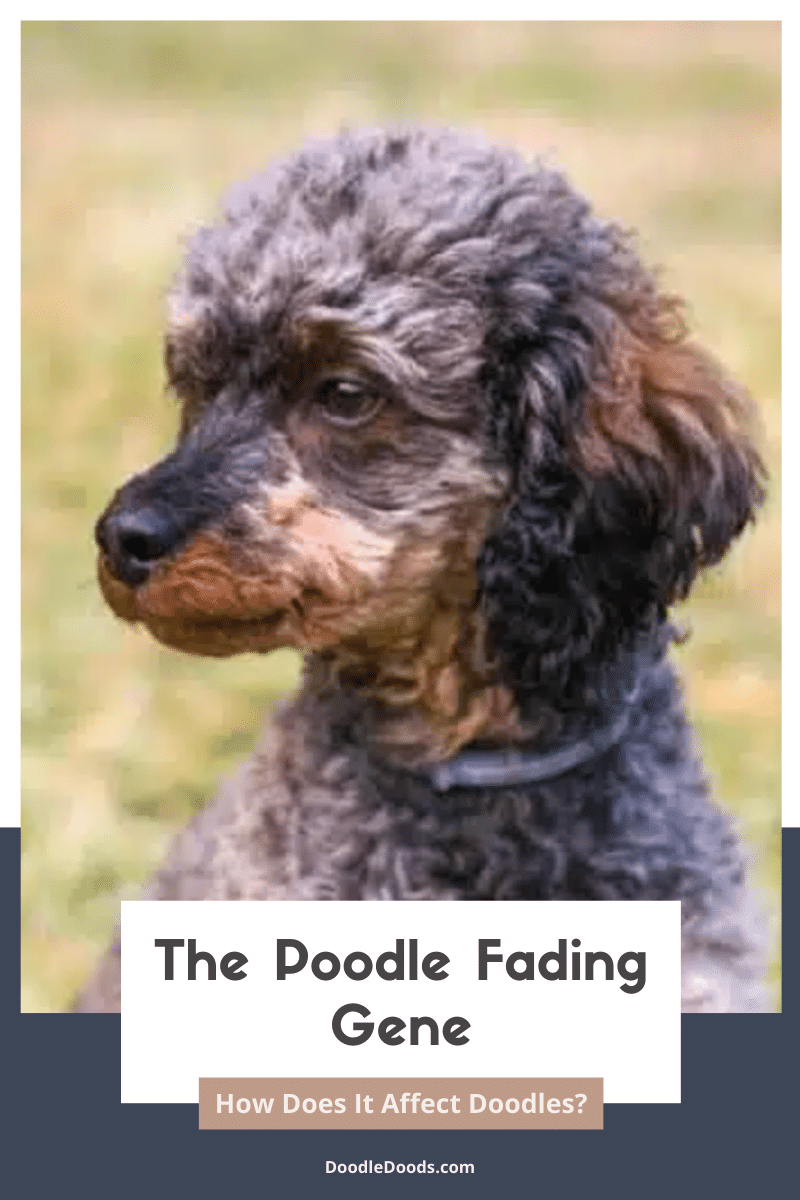


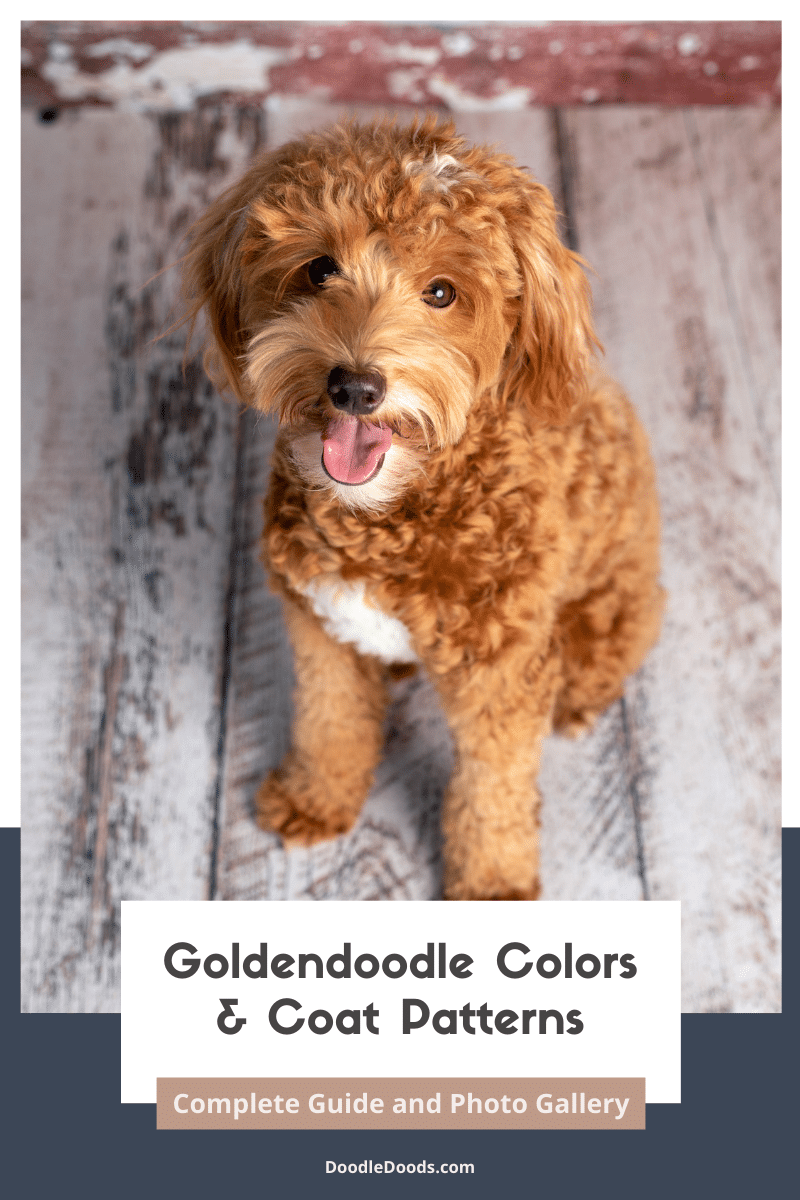
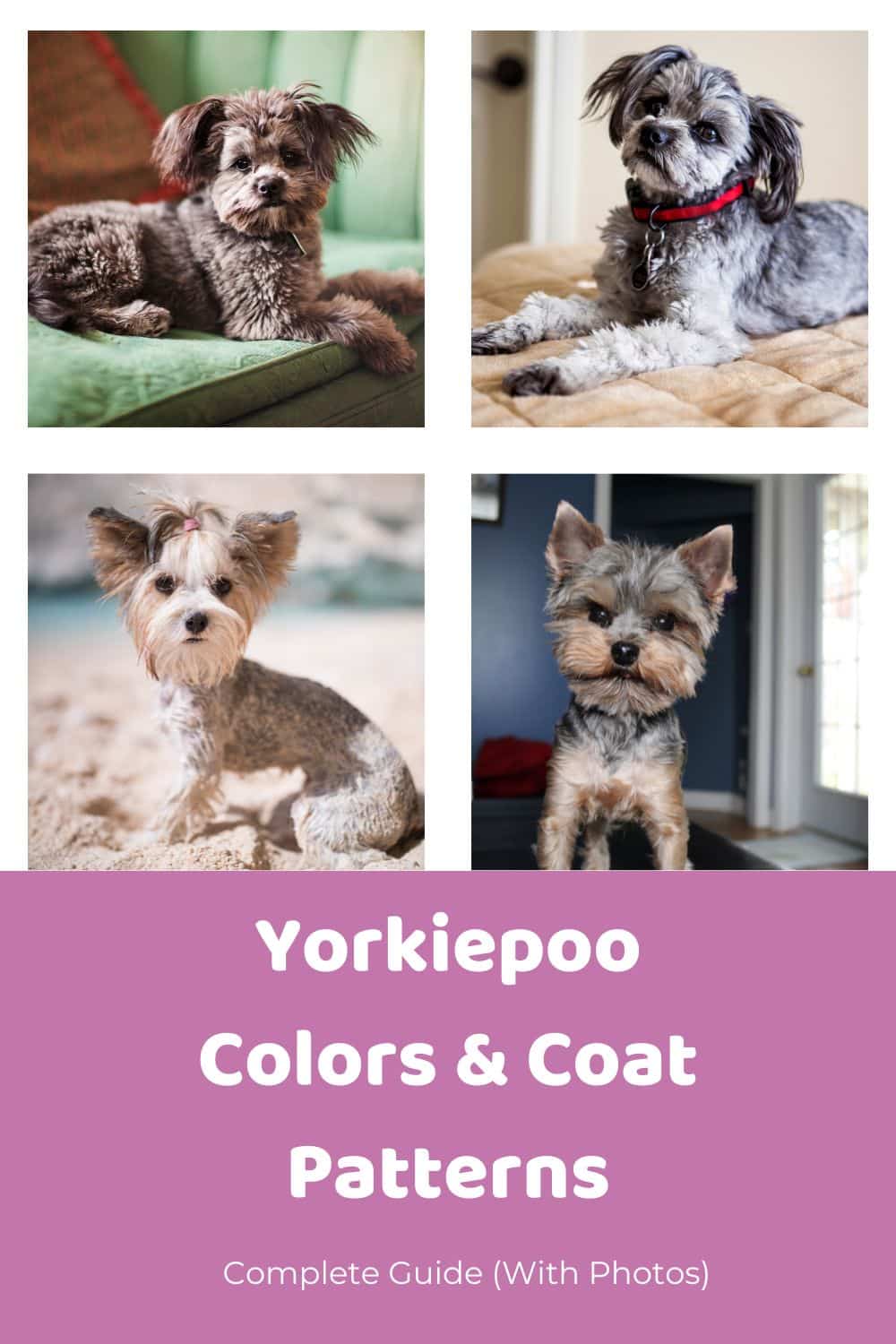
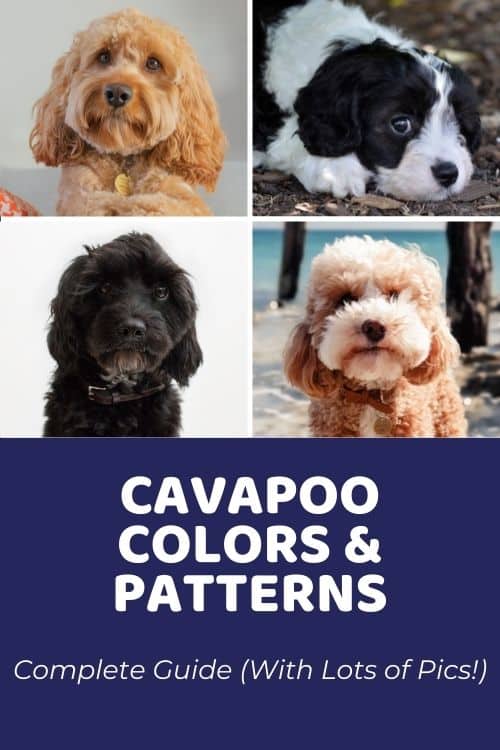



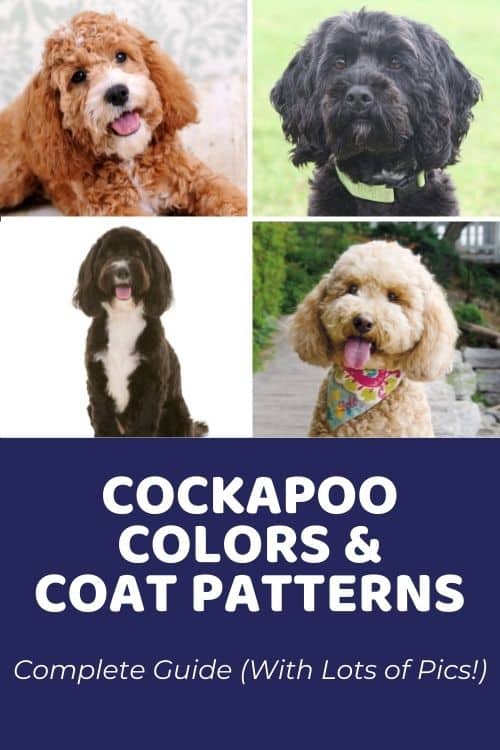
This is a great guide! I have a maltipoo and I’m always looking for new information about them.
November 18, 2022 at 5:01 pm